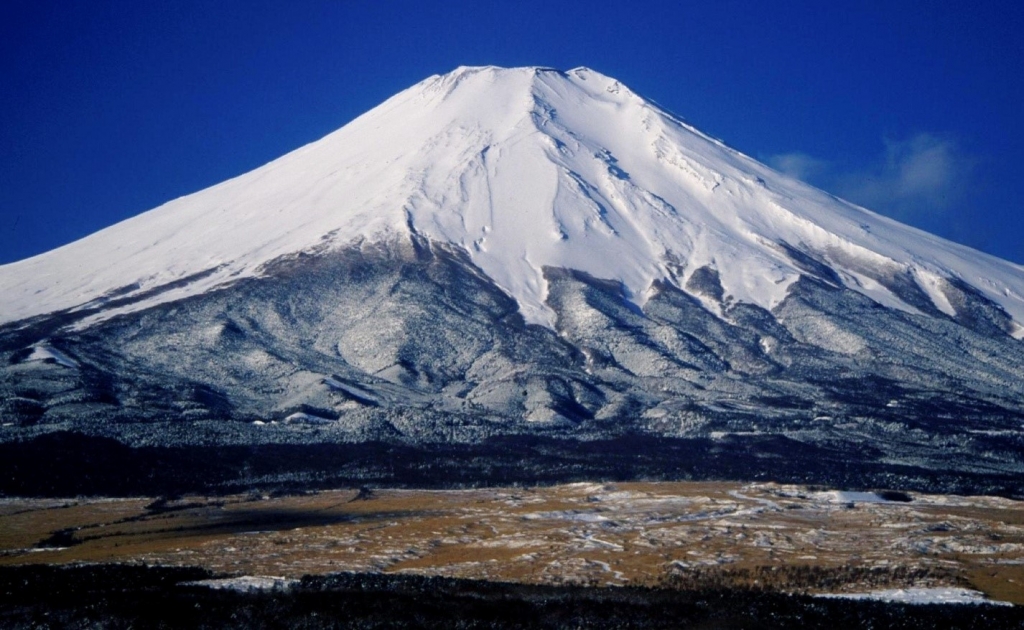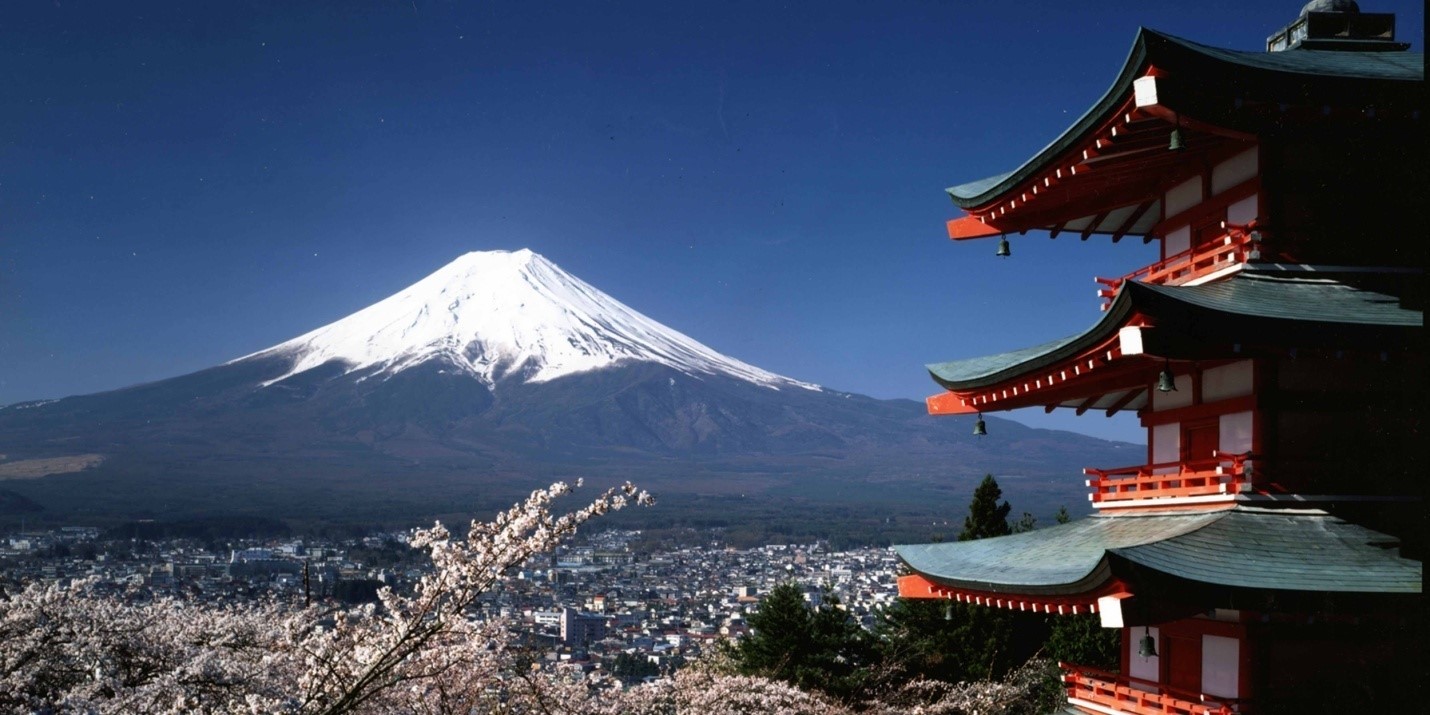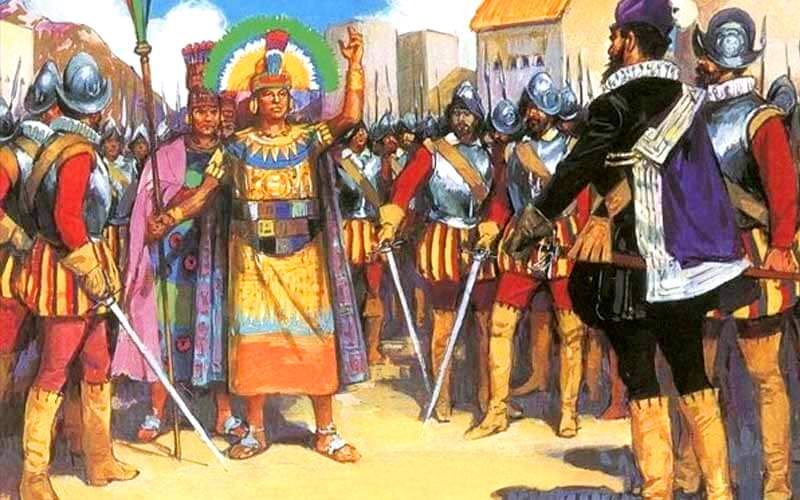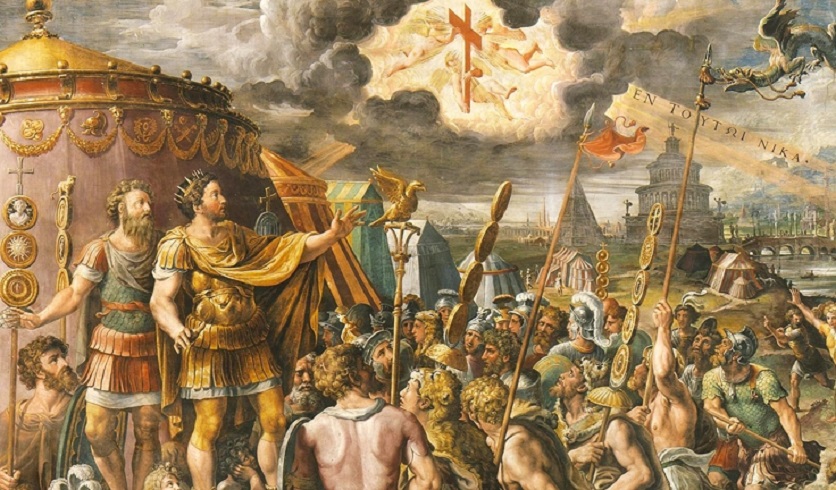Mount Fuji is the highest mountain in Japan, with an elevation of 3,776 meters. Is visible from Tokyo and is surrounded by several lakes in a national park. Along with Mount Tate and Mount Haku, Fuji is part of the “Three Sacred Mountains” of Japan.
Fuji is a stratovolcano which geologists have estimated to have formed 600,000 years ago. The last eruption of Mount Fuji occurred in 1707. Since its last eruption, Fuji has been dormant or inactive, with no indication of a new eruption. Even so, there is great concern about what would be the consequences of such an eruption, especially for the Japanes e capital, Tokyo, which is nearby.
According to Buddhist tradition, Fuji rose from the earth in 286 BC, as a result of an earthquake that also created Lake Biwa, the largest lake in Japan. In Japanese, Mt. Fuji is called Fuji-san.
Its name is of disputed origin. Some say it comes from Ainu language, used by aboriginal people of Japan, and it means “everlasting life”, while linguists believe that the name comes from the Yamato language and refers to Fuchi, the Buddhist fire goddess.
Since ancient times, pilgrims carrying a long staff, set off from the foot of the mountain, where the sacred altars were built, to reach the crater at its summit, where it was believed that the Shinto deity, Asama no Okami, resided. At the summit, they carried out a practice called “ohachimeguri”, which involved surrounding the crater during a procession.
It is believed that the first person to climb the mountain was a monk, in 663. Tradition has it that the goddess of the mountain would throw from her side any climber who was not pure in heart. Ever since, several men have climbed to the summit, but women were forbidden to climb Fujisan until the Meiji Era, from the late nineteenth century. The first western to climb the mountain was Sir Rutherford Alcock, in September 1860, and the first Caucasian woman to ascend was Lady Fanny Parkes, in 1867.
Mount Fuji is considered a sacred site from the moment people began to live nearby. It was initially the sacred mountain of the Ainu people, the aboriginal (indigenous) inhabitants of Japan.

For Shintoists (modern followers of the native religion), the mountain is sacred as here is the goddess Sengen-Sama; is an example of the achievements of the spirit of nature. The Fujiko sect goes even further, considering the mountain itself as a sacred being with a soul. A shrine dedicated to the goddess Sengen Sama is at the top of the mountain.
While is especially important to Shintoists, Fuji is also sacred to Japanese Buddhists, who revere the mountain as a gateway to another world.
Unlike other sacred mountains, climbing Fuji is not considered a sacrilege; moreover, to ascend to the summit is considered an important part of the pilgrimage. The mountain is home to many Shinto shrines, Buddhist temples and tori gates. The official climbing season is only two months long, July and August, during which time most of the snow has melted and thousands of pilgrims and hikers make the climb to the top.
Climbing is not just a walk in the park; the trail is very steep and takes about 8 hours, but for many it is a mesmerizing experience which will not be forgotten. It is estimated that up to a third of the climbers are foreign tourists, making for an atmosphere that is both Japanese and international. A very special experience is to complete the hike in the early morning, to reach the top in time to witness the sunrise.
In the 12th century, Fujisan became a training center for ascetic Buddhism, also including Shinto elements. Its representation in Japanese art goes back to the 11th century, but in the nineteenth century, images of sand beaches and the mountaintop have made Mount Fuji an internationally recognized icon of Japan and have had a deep impact on the development of Western art.
As pilgrimages became increasingly popular, from the 18th century onwards, organizations were established to assist pilgrims and support their needs. Curious natural volcanic features created at the foot of the mountain came to be revered by many as sacred sites, while the lakes and springs were used for cold ablutions, deemed necessary to purify the body before ascending the mountain. The practice of making a circuit of the eight lakes, including the five lakes included in the Fujigoko (Fuji Five Lakes) – became a ritual among many Fuji-ko adherents.
The increased flow of pilgrims and tourists threaten the ecosystem of the mountain and nearby areas. In this regard, various parts of the property have been designated as an Important Cultural Property, besides the region that the area was designated as a National Park (the Fuji-Hakone-Izu National Park).








